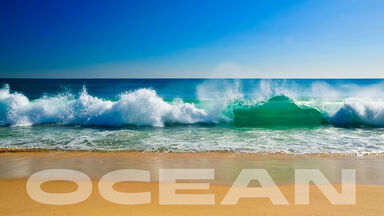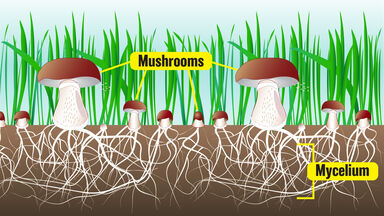In the south the deposits, from the Trias to the middle Eocene, consist mainly of limestones, and were laid down, with a few slight interruptions, upon a quietly subsiding sea-floor.
Pieces of amber torn from the sea-floor are cast up by the waves, and collected at ebb-tide.
The sea floor is here rent by a chasm, known as the "Bottomless Pit," the waters having a depth of 65 ft.
That these animals were widely distributed in former times is proved by their occurrence at the present day in palaeozoic fossiliferous strata both of the northern hemisphere and of Australia; and despite the fact that their remains have not been found in rocks of the Mesozoic or Kainozoic epochs, it was conceived to be possible that living specimens might be dredged from the sea-floor during the exploration of the ocean depths undertaken by the "Challenger" expedition.
This knob or ridge may be appropriately regarded as an ancient physiographic fossil, inasmuch as, being a monadnock of very remote origin, it has long been preserved from the destructive attack of the weather by burial under sea-floor deposits, and recently laid bare, like ordinary organic fossils of much smaller size, by the removal of part of its cover by normal erosion.





